Growing Demand for Water Infrastructure
The increasing need for reliable water infrastructure in the US is a primary driver for the ductile iron-pipes market. As urban populations expand, municipalities are investing heavily in upgrading aging water supply systems. According to the American Society of Civil Engineers, the US requires an estimated $1 trillion investment in water infrastructure over the next two decades. This demand for durable and corrosion-resistant materials, such as ductile iron pipes, is expected to rise significantly. The ductile iron-pipes market is poised to benefit from these investments, as these pipes offer enhanced strength and longevity compared to traditional materials. Furthermore, the push for improved water quality and reduced leakage rates is likely to further stimulate market growth, as ductile iron pipes are known for their reliability and performance in various environmental conditions.
Rising Awareness of Environmental Impact
There is a growing awareness of the environmental impact of construction materials in the US, which is influencing the ductile iron-pipes market. Stakeholders are increasingly prioritizing sustainable practices, leading to a preference for materials that minimize ecological footprints. Ductile iron pipes are recognized for their recyclability and lower environmental impact compared to alternatives. The ductile iron-pipes market is likely to benefit from this trend, as more projects aim to meet sustainability goals. Furthermore, the lifecycle of ductile iron pipes, which can exceed 100 years, contributes to reduced waste and resource consumption over time. This awareness is expected to drive demand for ductile iron pipes, as municipalities and construction firms seek to align with environmentally responsible practices.
Technological Innovations in Manufacturing
Technological advancements in the manufacturing processes of ductile iron pipes are enhancing their appeal in the market. Innovations such as improved casting techniques and advanced coating technologies are leading to higher quality products with better performance characteristics. These advancements not only increase the durability and corrosion resistance of ductile iron pipes but also reduce production costs. The ductile iron-pipes market is likely to see increased adoption of these innovative manufacturing methods, as they allow for more efficient production and improved product offerings. Additionally, the integration of smart technologies in monitoring and maintenance is expected to further enhance the functionality of ductile iron pipes, making them a more attractive option for modern infrastructure projects.
Regulatory Support for Infrastructure Projects
Regulatory frameworks in the US are increasingly favoring the use of ductile iron pipes in infrastructure projects. Government agencies are implementing stricter regulations regarding water quality and infrastructure safety, which necessitates the use of high-quality materials. The Environmental Protection Agency (EPA) has established guidelines that promote the use of durable materials to ensure long-term sustainability. This regulatory support is likely to drive the ductile iron-pipes market, as municipalities and contractors seek to comply with these standards. Additionally, federal funding programs aimed at enhancing water infrastructure are expected to prioritize projects utilizing ductile iron pipes, further solidifying their position in the market. As a result, the alignment of regulatory policies with market needs is anticipated to create a favorable environment for growth in the ductile iron-pipes market.
Increased Investment in Renewable Energy Projects
The surge in renewable energy projects across the US is creating new opportunities for the ductile iron-pipes market. As the country shifts towards sustainable energy sources, the need for robust infrastructure to support these initiatives is becoming paramount. Ductile iron pipes are essential for transporting water and other fluids in various renewable energy applications, such as hydropower and geothermal energy systems. The ductile iron-pipes market is likely to experience growth as investments in these sectors increase. Furthermore, the alignment of energy policies with infrastructure development is expected to drive demand for durable materials like ductile iron pipes, which can withstand the rigors of renewable energy applications. This trend indicates a promising future for the ductile iron-pipes market as it adapts to the evolving energy landscape.


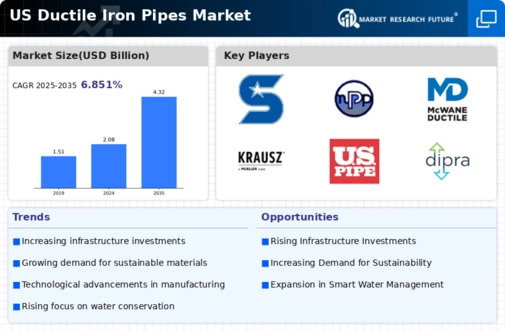
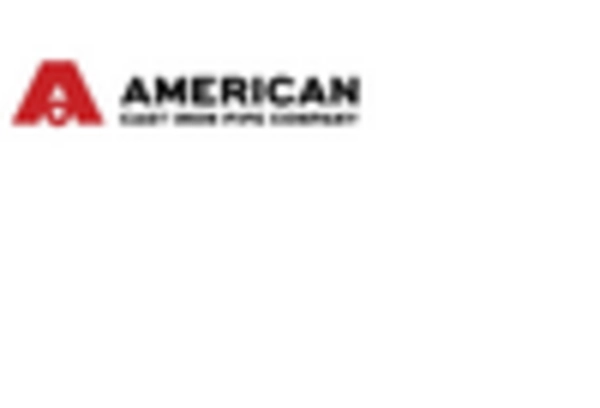
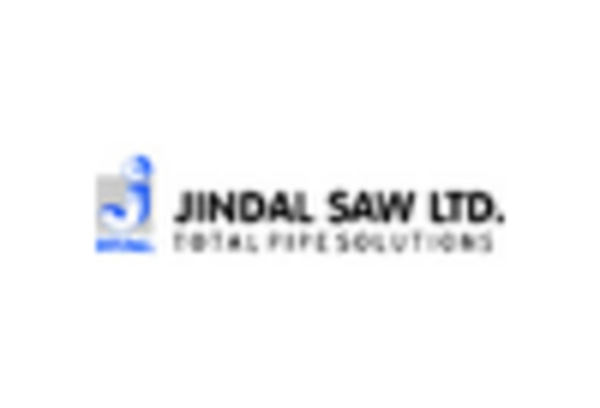
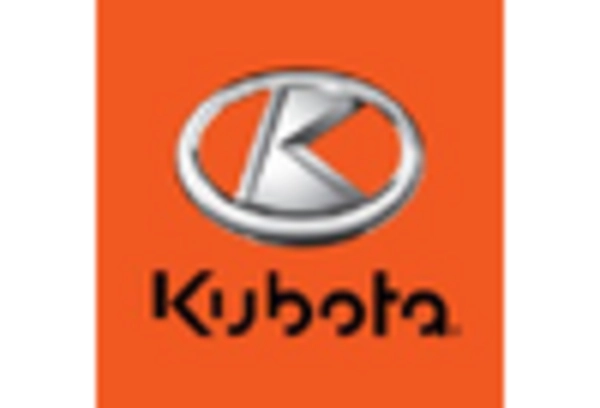
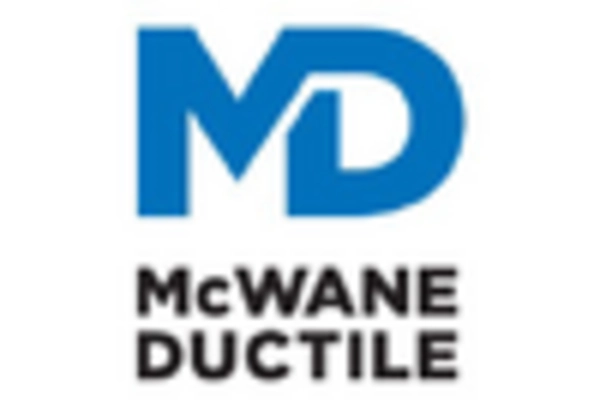

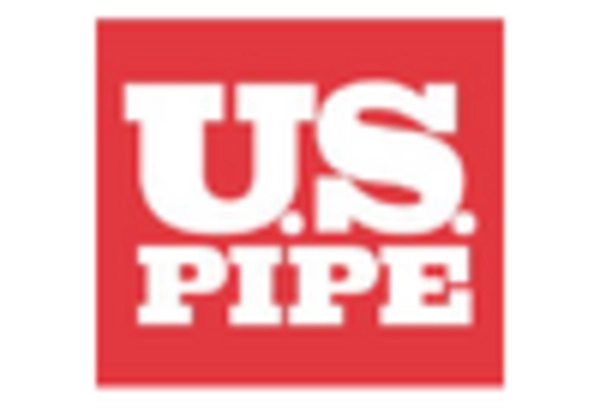








Leave a Comment